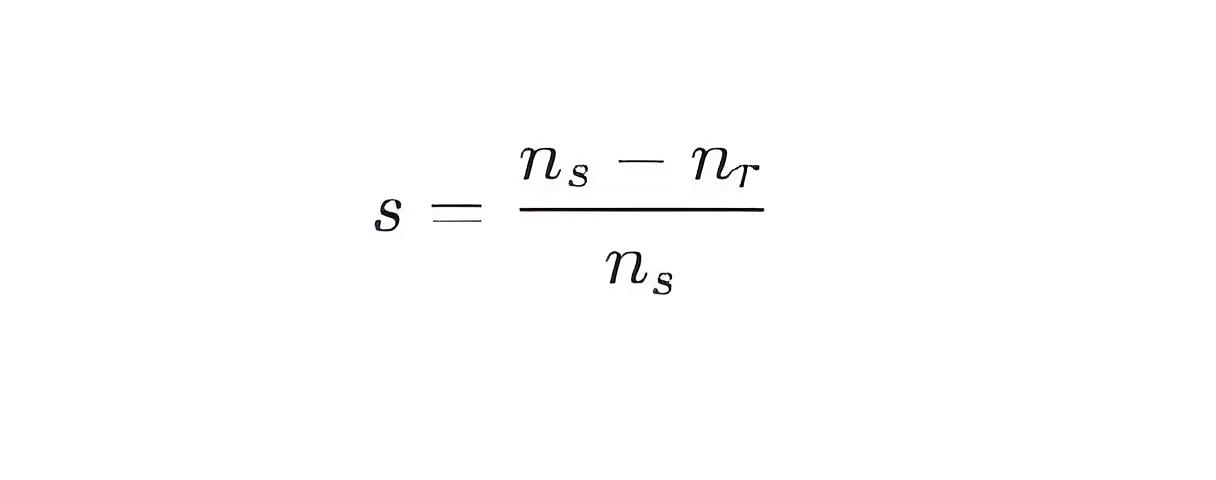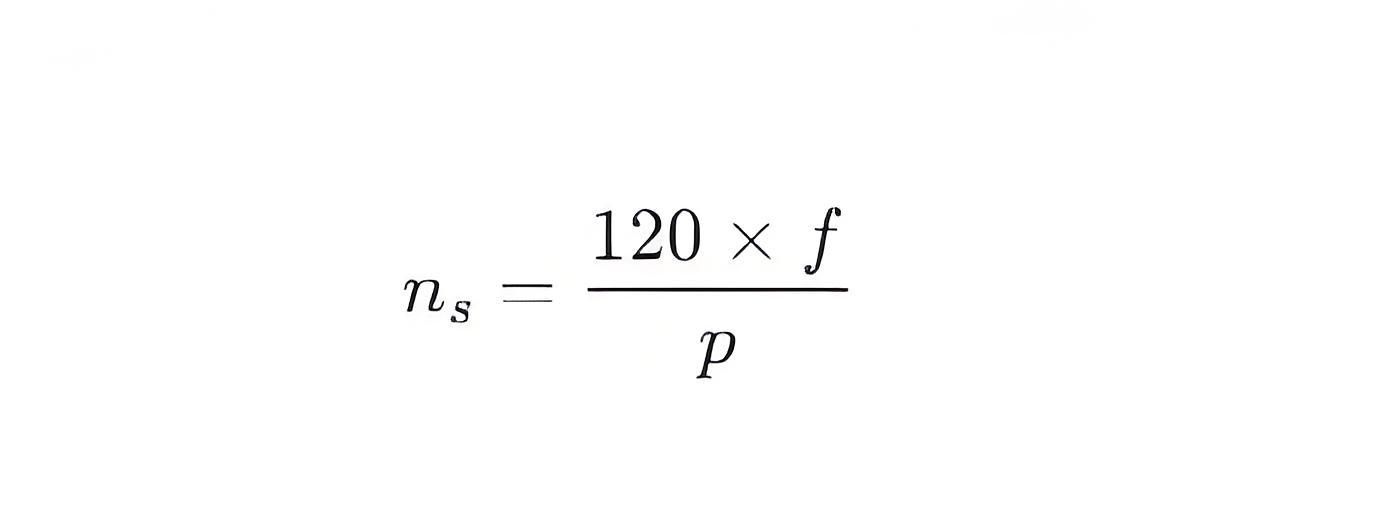On what principle induction motor works?
An induction motor is a widely used type of AC motor whose operating principle is based on the law of electromagnetic induction. Below is a detailed explanation of how an induction motor works:
1. Structure
An induction motor mainly consists of two parts: the stator and the rotor.
Stator: The stator is the stationary part, typically composed of laminated iron cores and three-phase windings embedded in the slots of the iron core. The three-phase windings are connected to a three-phase AC power source.
Rotor: The rotor is the rotating part, usually made of conductive bars (typically aluminum or copper) and end rings, forming a squirrel-cage structure. This structure is called a "squirrel-cage rotor."
2. Operating Principle
2.1 Generating a Rotating Magnetic Field
Three-Phase AC Power Source: When a three-phase AC power source is applied to the stator windings, alternating currents are generated in the stator windings.
Rotating Magnetic Field: According to Faraday's law of electromagnetic induction, the alternating currents in the stator windings produce a time-varying magnetic field. Since the three-phase AC power has a phase difference of 120 degrees, these magnetic fields interact to form a rotating magnetic field. The direction and speed of this rotating magnetic field depend on the frequency of the power source and the arrangement of the windings.
2.2 Induced Current
Cutting Magnetic Flux Lines: The rotating magnetic field cuts through the magnetic flux lines in the rotor conductors. According to Faraday's law of electromagnetic induction, this induces an electromotive force (EMF) in the rotor conductors.
Induced Current: The induced EMF generates a current in the rotor conductors. Since the rotor conductors form a closed loop, the induced current flows through the conductors.
2.3 Generating Torque
Lorentz Force: According to the Lorentz force law, the interaction between the rotating magnetic field and the induced current in the rotor conductors produces a force, which causes the rotor to rotate.
Torque: This force generates torque, causing the rotor to rotate in the direction of the rotating magnetic field. The rotor's speed is slightly less than the synchronous speed of the rotating magnetic field because a certain slip is required to generate sufficient induced current and torque.
3. Slip
Slip: Slip is the difference between the synchronous speed of the rotating magnetic field and the actual speed of the rotor. It is expressed by the formula:

Where:
s is the slip ns is the synchronous speed (in revolutions per minute)
nr is the actual speed of the rotor (in revolutions per minute)
Synchronous Speed: The synchronous speed
ns is determined by the frequency
f of the power source and the number of pole pairs
p in the motor, calculated by the formula:

4. Characteristics
Starting Characteristics: During startup, the slip is close to 1, and the induced current in the rotor conductors is high, producing a large starting torque. As the rotor accelerates, the slip decreases, and the induced current and torque also decrease.
Running Characteristics: In steady-state operation, the slip is typically small (0.01 to 0.05), and the rotor speed is close to the synchronous speed.
5. Applications
Induction motors are widely used in various industrial and household applications due to their simple structure, reliable operation, and easy maintenance. Common applications include fans, pumps, compressors, and conveyor belts.
Summary
The operating principle of an induction motor is based on the law of electromagnetic induction. A rotating magnetic field is generated by the three-phase AC power in the stator windings. This rotating magnetic field induces a current in the rotor conductors, which generates torque, causing the rotor to rotate.
The Electricity Encyclopedia is dedicated to accelerating the dissemination and application of electricity knowledge and adding impetus to the development and innovation of the electricity industry.













